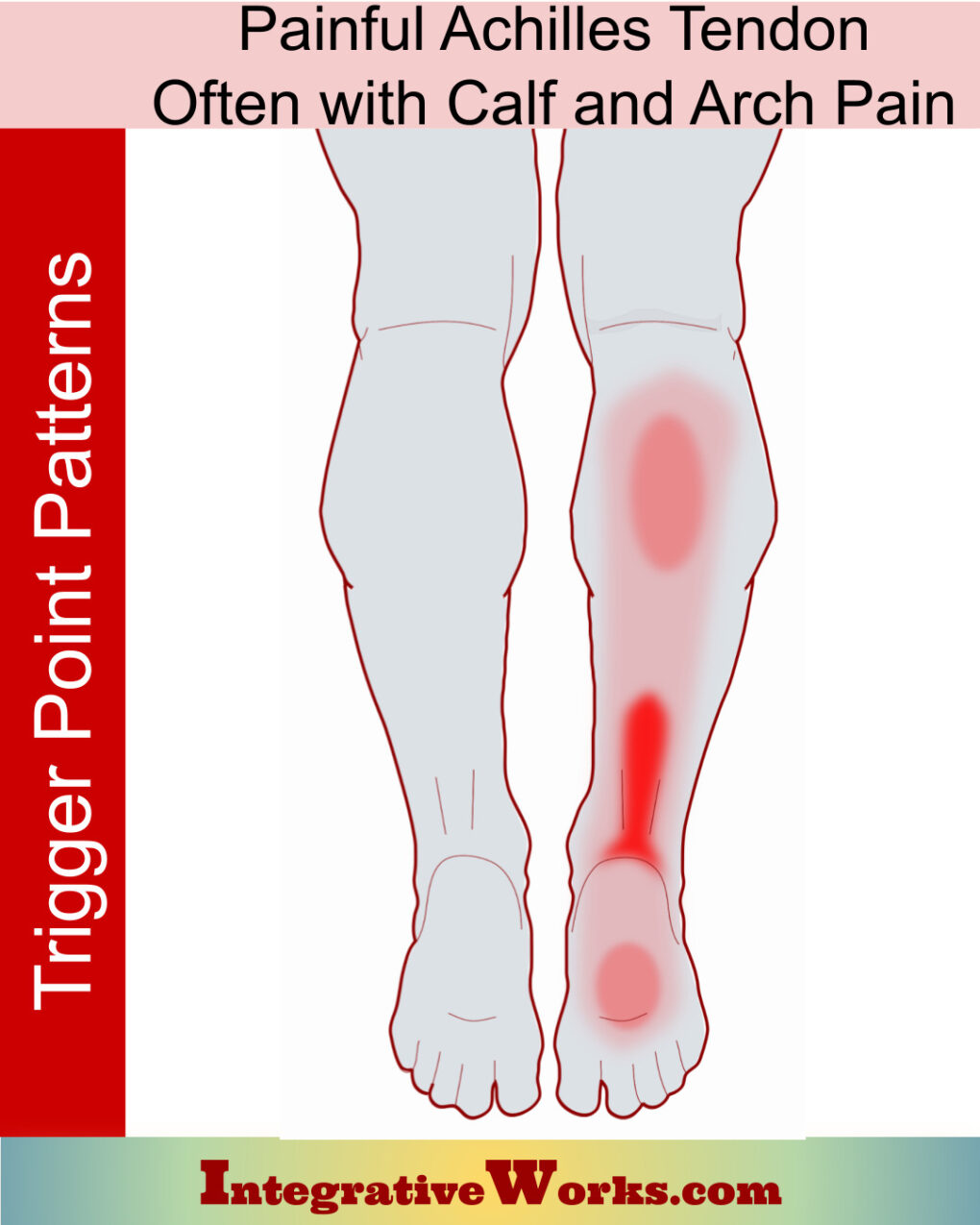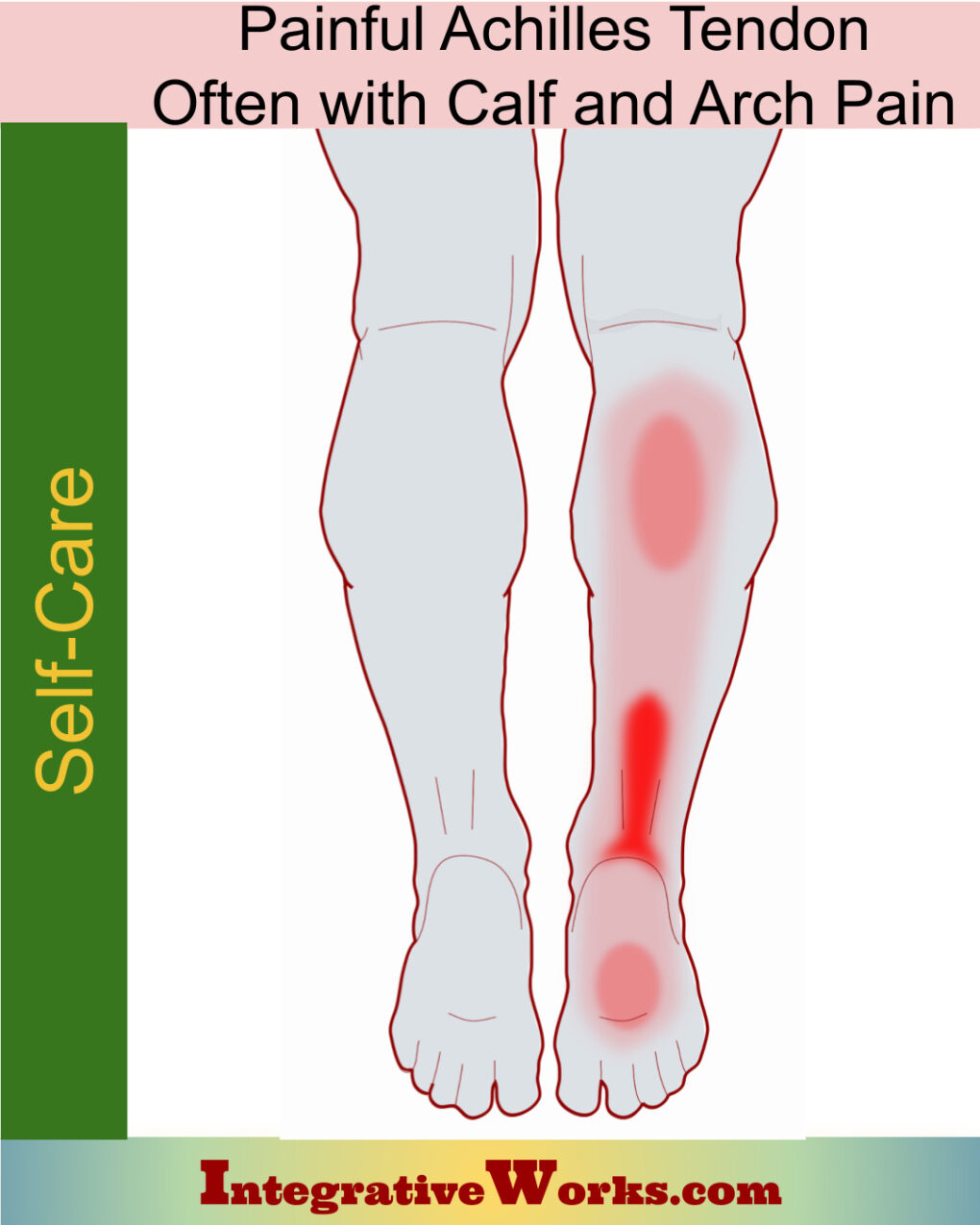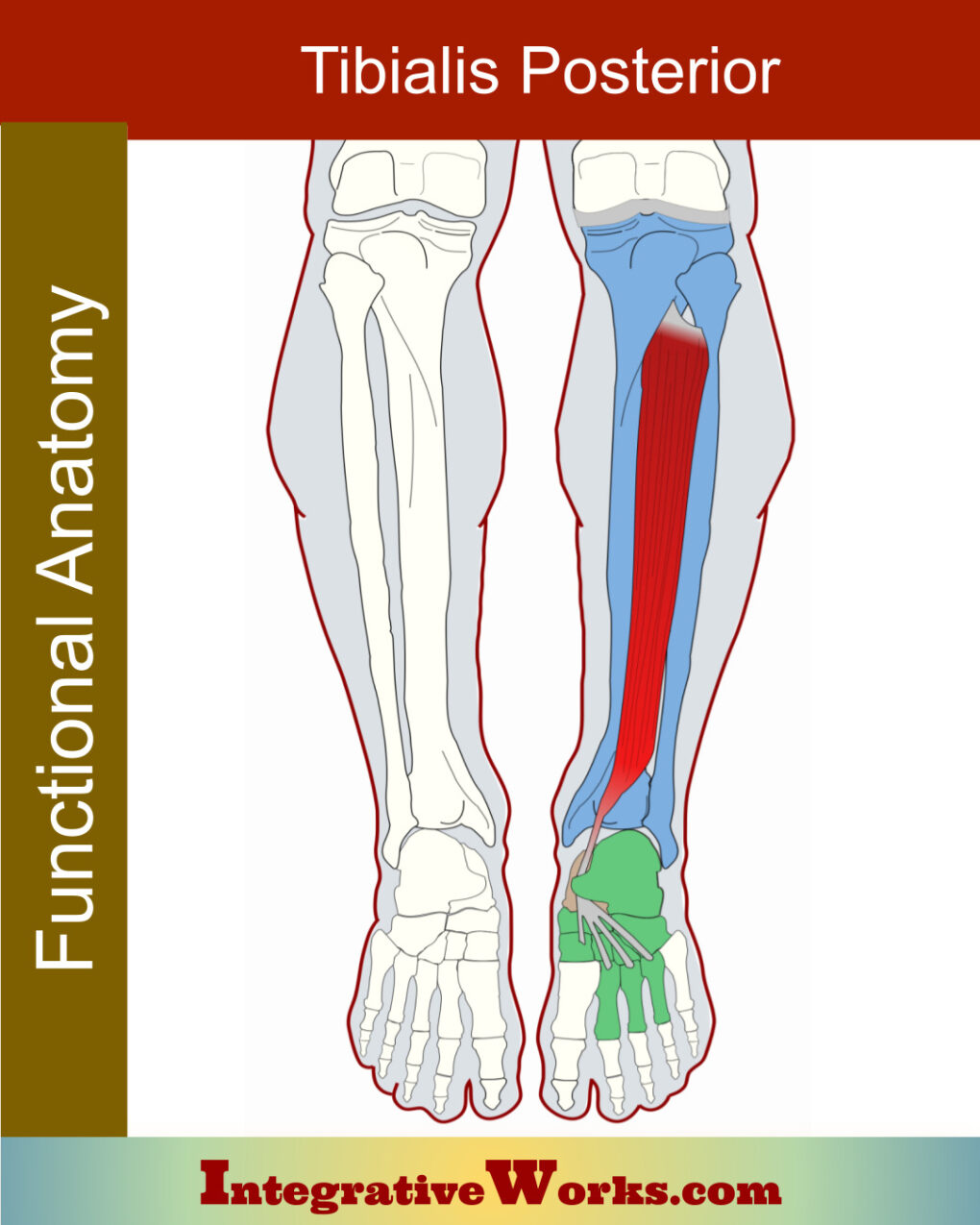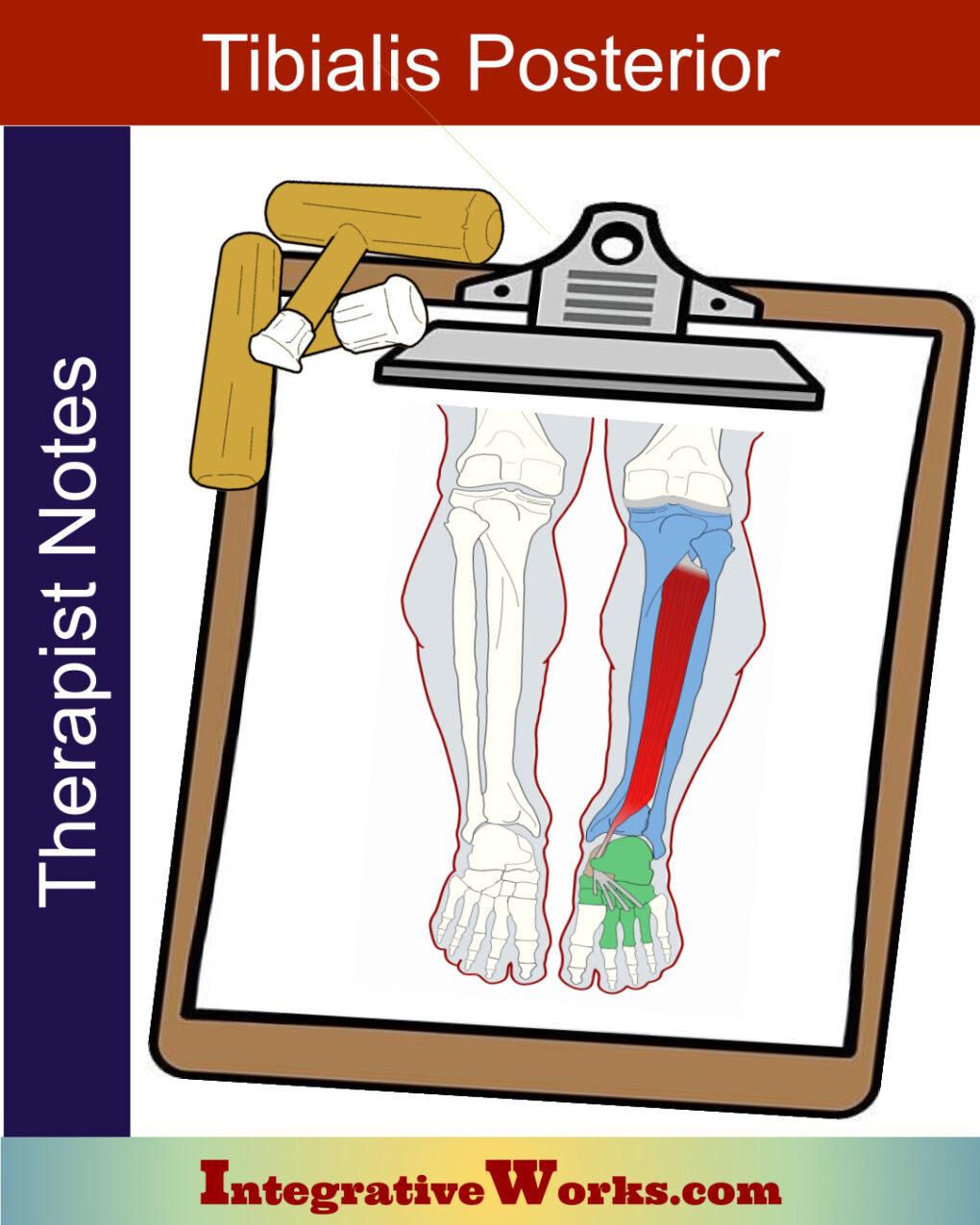How People Describe This Pain Pattern
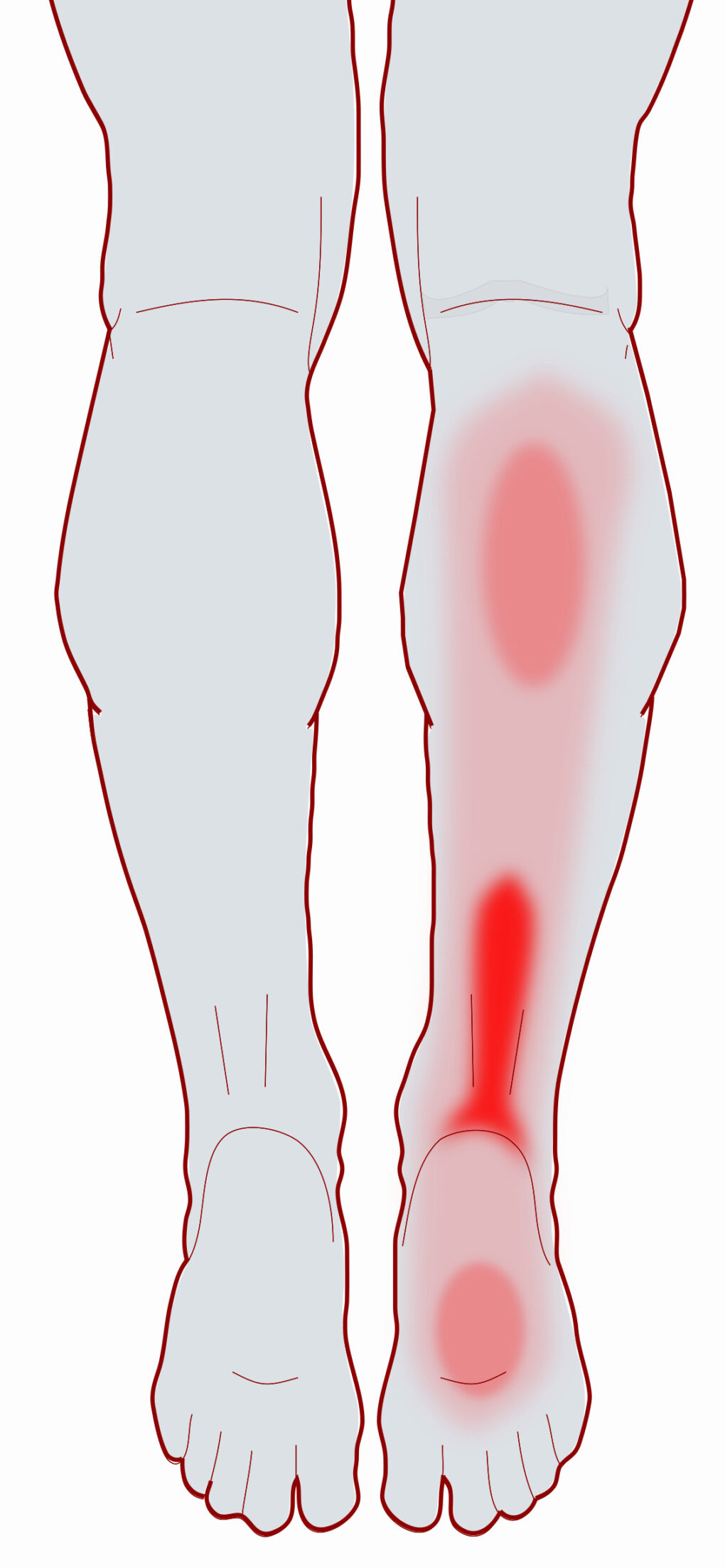
Achilles Pain
People primarily complain of pain along the Achilles tendon. The pain seems to travel from the Achilles through the heel to the arch. It is distressing, especially for active people. Athletes with a more stable foot position in their activity, like cycling, often refer to this Achilles referral as “tightness.”
Often, Calf and Arch Too
Additionally, they often complain of pain in the foot’s arch while walking over uneven terrains such as trails or loose gravel. This can also be the primary complaint as it is acute and affects walking. This process usually starts with pain and instability when rising up onto the toes of that foot. This pain and fragility can dramatically impact the performance of athletes with a lot of twisting on a single foot, such as in ballet or cross-country.
Calf pain is also common, but a bit separated from the pain that extends up the Achilles tendon. It is more achy than acute. Also, it’s less alarming than the other two focuses of pain.
Tough to Target
Often, they have seen an orthopedist or specialist and had scans to check for tears but have found none. They have theories about tendonitis and micro-tears but have not found answers. When I test the Achilles tendon, it is often looser than the other one which does not hurt as the pain is not coming from this tendon but they keep stretching it. People often search for relief with orthotics or special support shoes.
How You Activate and Intensify This Pain Pattern
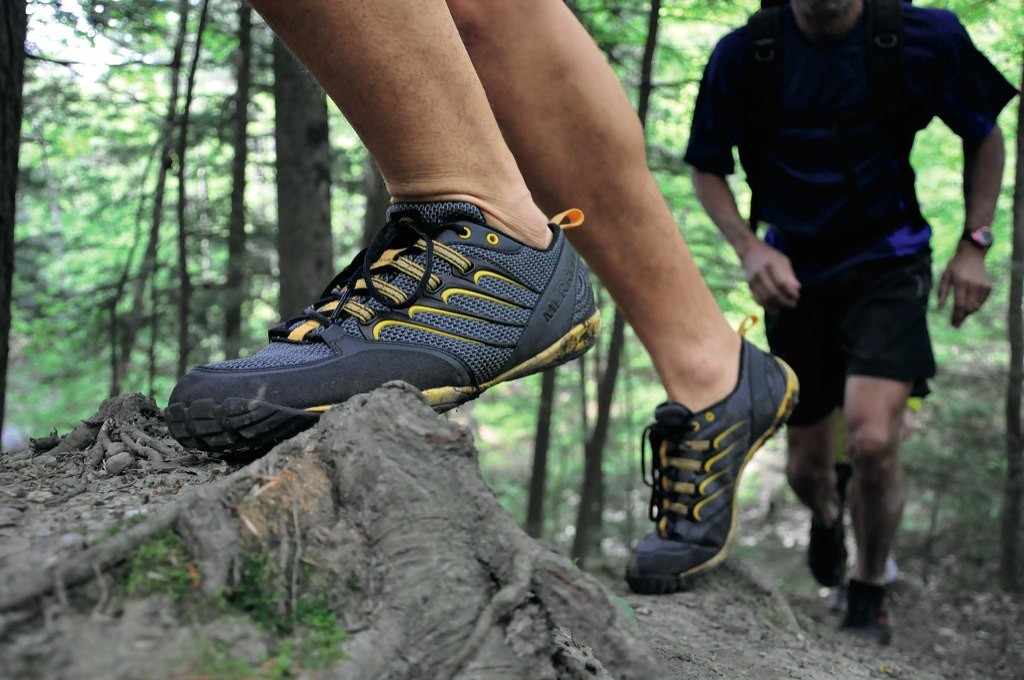
Typically, this trigger point activates in one of three ways.
Uneven Terrain
This muscle is stressed when the person takes on some unusually uneven ground. As a result, latent trigger points become active. Basically, the ankle had some previous trouble and didn’t withstand the stress of a more vigorous outing.
Shoes
I would say “bad shoes,” but people are often a little guarded about their shoes. So, let’s say “shoes with bad behaviors.” Typically, they are too tight across the instep or fit too loosely, so the foot wobbles in the shoe. There is a way to fix that in most athletic shoes.
Morton’s Foot
Additionally, this muscle is often a victim of Morton’s Foot Structure. So it’s a common problem that I explore in this post.
Less Likely
The far end of that is a jarring fall that twists the ankle. This onset is less likely for this pain pattern. Other muscles tend to get in trouble before this one.
Getting Relief on Your Own
Clinically Proven
Self-Care Strategies
Self-Care Posts have common sections to make them easy to follow and understand:
- Activities to Avoid or Change
- Strategies for Quick Relief
- Stretches and Exercise for Longer-Lasting Relief
- Yoga Corner
The Musculoskeletal Anatomy Behind Your Pain
Musculoskeletal Anatomy
This post on anatomy contains standard information about the origin, insertion, function, and innervation of muscles. Additionally, it includes information on functional considerations and anomalies.
Find Related Posts
Anatomy posts have a grid of all related posts. This includes posts on pain patterns, self-care, therapy notes, NMT protocols, cranial techniques, and cases.
Therapy Notes for Massage and Bodywork
Better Bodywork
Through Shared Expertise
Therapy Notes provide details for cranial, spinal, and local joint work. These notes also link to a traditional neuromuscular protocol.
By treating integrative components first, direct work on the muscle becomes less intense while providing longer-lasting relief.
Support Integrative Works to
stay independent
and produce great content.
You can subscribe to our community on Patreon. You will get links to free content and access to exclusive content not seen on this site. In addition, we will be posting anatomy illustrations, treatment notes, and sections from our manuals not found on this site. Thank you so much for being so supportive.
Cranio Cradle Cup
This mug has classic, colorful illustrations of the craniosacral system and vault hold #3. It makes a great gift and conversation piece.
Tony Preston has a practice in Atlanta, Georgia, where he sees clients. He has written materials and instructed classes since the mid-90s. This includes anatomy, trigger points, cranial, and neuromuscular.
Question? Comment? Typo?
integrativeworks@gmail.com
Follow us on Instagram

*This site is undergoing significant changes. We are reformatting and expanding the posts to make them easier to read. The result will also be more accessible and include more patterns with better self-care. Meanwhile, there may be formatting, content presentation, and readability inconsistencies. Until we get older posts updated, please excuse our mess.

